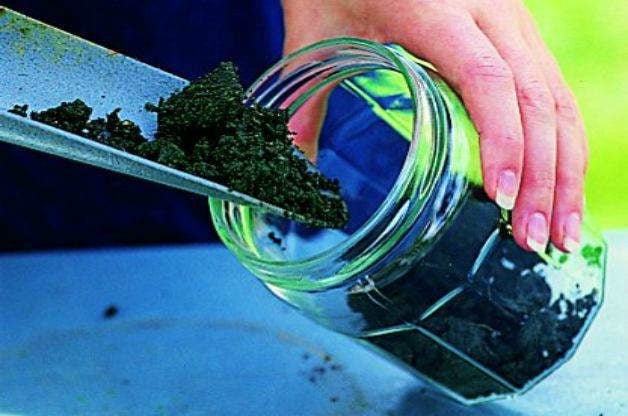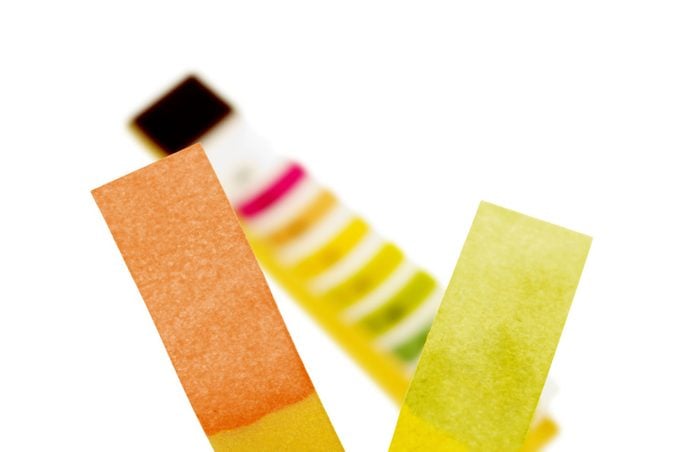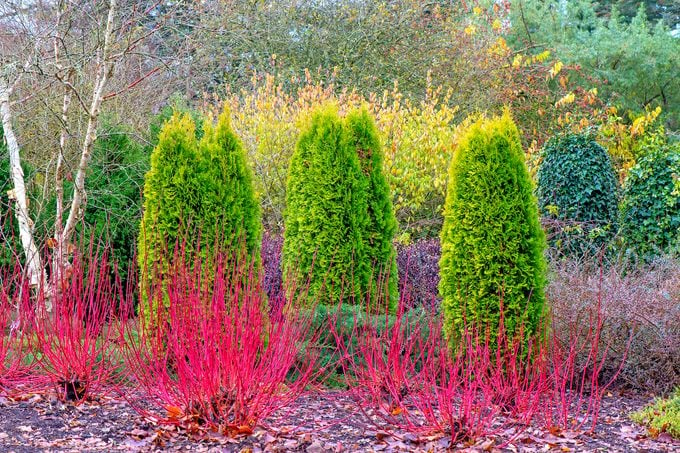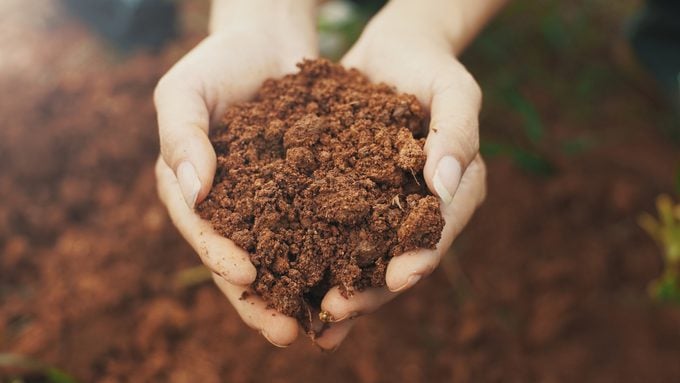How to Test Your Soil pH and Texture at Home
Updated: Apr. 20, 2023
Learn more about your soil with these two quick and easy at-home soil tests. Find out how to check your soil pH and soil texture.
Our editors and experts handpick every product we feature. We may earn a commission from your purchases.
How to Test Soil pH

To test your soil’s pH, all you need is a soil sample, distilled water and litmus paper (available from a hobby shop or science supply store).
Mix a small bit of soil with the distilled water and touch the litmus paper to the soil-water solution. Now, to get your answer, simply match the color of the litmus paper to a pH chart (it’s usually packaged with the litmus paper).

The pH scale ranges from 1 to 14. A soil pH below 7 is considered acidic and above 7 is considered alkaline. Different plants have different soil requirements. An ideal pH range for root vegetables is between 6 and 6.8. Blueberries prefer acidic soil.
You may want to test multiple samples from several locations around your lawn and garden.
Did you know that soil pH can affect the color of your hydrangeas? Bigleaf and mountain hydrangeas are blue when the soil pH is below 5.5 and pink when the pH is 6.0 or higher. Oakleaf and smooth hydrangeas do not change color.
Find the best potting soil for every type of plant.
Plants That Grow Well in Acidic Soils

- Blueberries
- Red Maple
- Rhododendron
- Pin oak
- Bottlebrush
- River birch
- Flame of the Woods
- Bayberry
- Virginia sweetspire
- Dwarf fothergilla
- Winter heath
- Winterberry
- Gardenia
- Bald cypress
- Japanese pieris
- Azalea
Plants That Grow Well in Alkaline Soils

Soil Texture Test

Once you have learned your soil’s pH levels, it’s time to evaluate the texture.
This hands-on test is a simple way to get an idea if your soil is sand, clay or a loamy mixture.
Moisten a small bit of soil and rub it between your thumb and forefinger. Rough and gritty soil that barely sticks together is sand; loams (a mixture of clay, silt and sand) feel medium-textured, and smooth and sticky fine textures indicate clay.
Check out our list of the best plants to grow in clay soil and sandy soil.
Additional Soil Testing
Basic soil tests are a good place to start, but contact your local extension office to see how you can get a more detailed soil test. These tests are helpful because they indicate which nutrients your soil lacks and what type of fertilizer and amendments should be added, as well as the soil’s pH level and what should be done to change it. Then you can remedy the situation accordingly.
Horticultural expert Melinda Myers says, “Adding organic matter such as compost, peat moss, coir or aged manure will help increase the soil’s water-holding ability. Then visit your local garden centers and botanical gardens for planting ideas. Preparing the soil and selecting the right plants for your climate will increase your gardening success.”
Next, check out the best types of mulch to use in your landscape.
